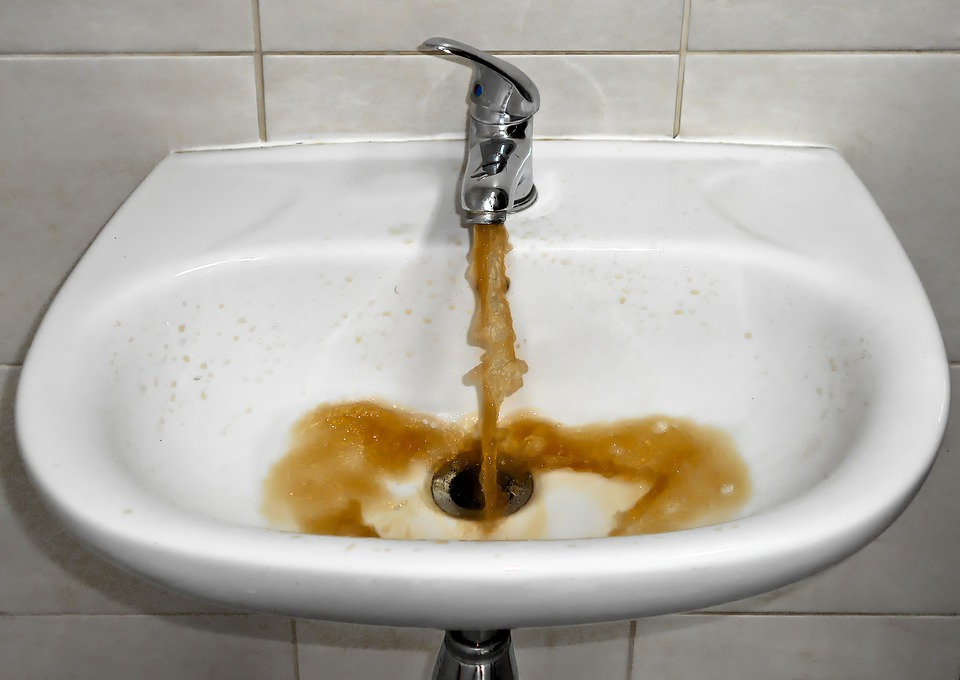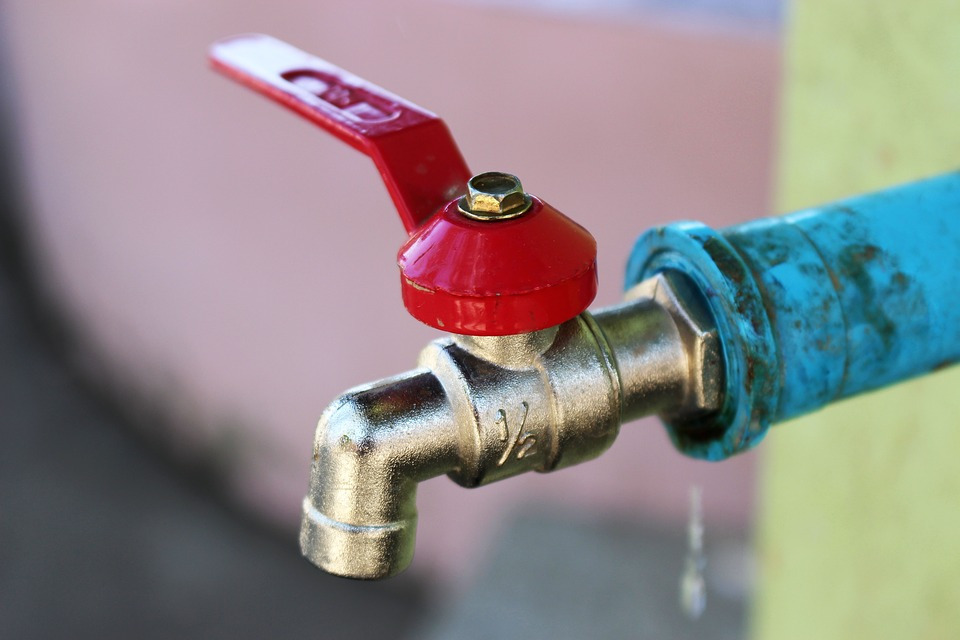It can be tempting to put our heads under the sand like an ostrich, rather than to take a good look at modern life. The world is bankrupting its natural resources, making animals and birds extinct, and filling the globe with pollution. Sadly, our water supplies are not exempt from the effects.
We all need safe drinking water in order to survive, and we frequently take tap water for granted. It’s pre-treated and pure, surely? Sadly it’s not 100% clean. Tap water is said to contain up to 800ppm of heavy metals and dissolved minerals. Think about what this does over time to kettle elements or washing machines. That water is going inside us on a daily basis! Let’s take a closer look right now at the impurity issues related to our drinking water.
Dirt, Sand, Mud, and Rust
71% of the surface of the Earth is covered by water. Sadly it’s not all fit to drink. When our water is supplied via pipes, there is always the risk of burst water mains. They can explain the presence of dissolved (suspended particles) in tap water, such as dirt, sand, and mud.
Even the best pipes corrode over time. If there is an odd taste to our tap water, it may be the presence of rust that is responsible.
Minerals and Metals
Have you ever been told you have ‘hard water’ in your home? This means there are a lot of minerals and metals present. There could be iron. The soil could be responsible for the presence of calcium, aluminum, or sodium magnesium in our water.
If copper is present in tap water it may be coming from the pipes. Lead, iron or cadmium may also come from the underground pipes. Most people know that arsenic is poisonous, but fewer may be aware it can be present in the soil. It can end up being washed into our water by rain.
The issue with heavy metals is that humans do not naturally evacuate them from their systems; they simply build up. That’s bad news for anyone, but particularly if they already have medical issues. Some cases of stunted growth, nerve damage, or even cancer can be traced back to the presence of heavy metals in drinking water. The professionals from RO-System.org explain that this is why the public frequently research different types of water filters, including standalone or countertop versions. People often opt for these products when they are renting, likely to be moving home or having issues connecting their plumbing.
Human Waste, Rubber and Carbon
Fortunately for everyone in the west, human excrement is unlikely to be present in water that has been through a treatment center. It is only in extremely rare situations that it accidentally leaks into the public water systems. The other type of human waste relates to unused food that is flushed down the drain. This is potentially harmful when it enters our drinking water.

Water treatment centers regularly use chlorine to purify the water. This can cause the rubber in pipes to degrade over time. Water filtering systems can malfunction on occasion, and when this happens it is possible for carbon to leak into the water.
Micro-Organisms, Run-Off and Radiological Contaminants
Treatment centers exist to deal with the unwanted presence of any bacteria within the water. Without these, we could run the risk of developing such conditions as gastroenteritis, cholera, dysentery, or typhoid fever. Treated water may still contain protozoa, parasites, or viruses, however. When pesticides are used on crops, there is the potential for crop irrigation to introduce these chemicals into the nearby rivers. This is known as runoff. When pollutants enter our rivers, they often end up ultimately being drunk by humans. One example of a radiological contaminant is radium. It can enter our water when rocks that naturally contain it are broken down.
Chemicals and Industry
Phosphates and nitrates can enter our water through the soil. Factories may be responsible for releasing mercury into our water sources. When water is treated, chlorine may be added as a disinfectant, and fluoride to assist our dental health. Both chemicals are unnatural in origin, however, and could therefore pose risks when introduced to our drinking water.
When it comes to issues with impure tap water, bottled water may not be the solution. The use of plastic drinking bottles increases peoples’ carbon footprint and the creation of plastic pollution. The EPA says bottled water is not regulated by anyone, so there are no guarantees it is safer to drink than tap water. Responsible people can choose to use water filters at home and to try influencing governments over their environmental policies.

